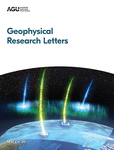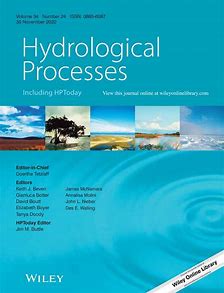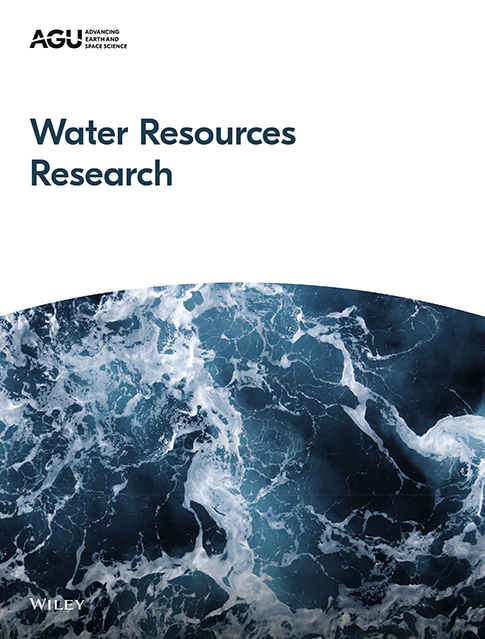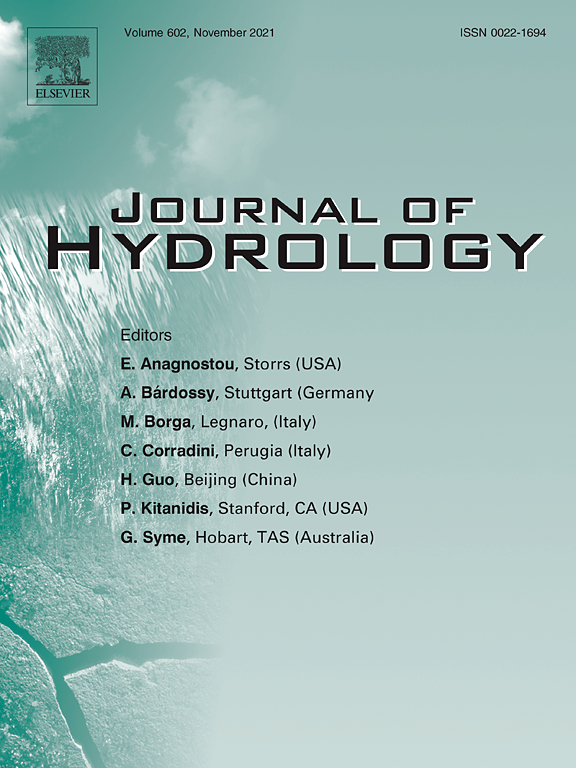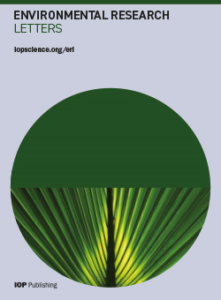- Department:(Dept. 1) Ecohydrology and Biogeochemistry

Wood ash as an additive in biomass pyrolysis: effects on biochar yield, properties, and agricultural performance
Functional multi-scale integration of agricultural nitrogen-budgets into catchment water quality modeling
Using field-experimental data, crop N uptake responses to fertilizer management were parsimoniously conceptualized and integrated into a catchment diffuse-N model. The improved catchment modeling further facilitated integration with agricultural budget-based assessments.
Visualizing catchment-scale spatio-temporal dynamics of storage-flux-age interactions using a tracer-aided ecohydrological model
The authors used a tracer-aided ecohydrological model to quantify changes in water flux, storage, and age to improve understanding of spatial differences in catchment response through wet and dry cycles. The visualization tool revealed interannual changes in catchment-scale vegetation water usage and water ages and independent effects on individual species and responses / resilience to droughts.
Divergent roles of iron and aluminum in sediment organic matter association at the terrestrial–aquatic interface
The authors hypothesized that the variation in sediment redox and pH regime govern how iron (Fe) a.aluminum (Al) interact with organic matter (OM) in near-surface mineral sediments.The reactive monomeric Al preferably binds with organic ligands from less-decomposed OM under acidic and anoxic conditions. Low-crystallinity Fe formed under oxic conditions binds with more microbially-processed OM.
Seasonal differences in the attenuation of polar trace organics in the hyporheic zone of an urban stream
The authors investigated the attenuation of trace organic compounds (TrOCs) at a river influenced by treated wastewater during a sampling campaign in summer and one in winter. Contrary to their expectations, they found higher attenuation for 12 out of 18 TrOCs in winter, while three TrOCs were better attenuated in summer. Sediment conditions varied between seasons.
Disentangling the influence of landscape characteristics, hydroclimatic variability and land management on surface water NO3-N dynamics: spatially distributed modeling over 30 yr in a lowland mixed land use catchment
Our ability to quantify nitrate (NO3-N) fluxes and export at the catchment scale remain limited. The authors used long-term (30 yrs) NO3-N data in a mixed land-use, lowland catchment to investigate the long-term dynamics of hydrological and NO3-N fluxes, and key controlling factors. Landscape characteristics, hydroclimatic variability, and management practices were the dominant drivers for NO3-N.
Spatio-temporal variations in stable isotopes in peri-urban catchments: a preliminary assessment of potential and challenges in assessing streamflow sources
The authors used isotope tracers and water quality measurements, hydrometric and climatic data to investigate seasonal changes in water sources in the River Erpe. Downstream, flows were dominated by effluent from a large wastewater treatment plant, especially in summer. They gained new insights into how lowland, peri-urban catchments with complex land use function hydrologically.
Hydroclimatic variability and riparian wetland restoration control the hydrology and nutrient fluxes in a lowland agricultural catchment
The authors assessed the long-term (30yrs) changes in climate, discharge, groundwater levels and stream water quality in a mixed land use catchment. Climatic variability strongly influenced the catchment’s hydrology, while nutrient dynamics were primarily controlled by intrinsic solute characteristics. Riparian management was critical in modulating hydrological and nutrient variations.
The world's largest heliothermal lake newly formed in the Aral Sea basin
This survey on the seasonal thermal and mixing regime in a hypersaline basin of the Aral Sea revealed a newly formed two-layered structure with strong gradients of salinity and water transparency at mid-depths. As a result, the Chernyshev has evolved to an unprecedently large (∼80 km2) heliothermal lake accumulating solar energy in the subsurface temperature maximum with temperatures up to 37 °C.
Attribution of global lake systems change to anthropogenic forcing
The authors have uncovered the human imprint on lakes worldwide using hindcasts and projections from five lake models. Reanalysed trends in lake temperature and ice cover in recent decades are extremely unlikely to have occurred without the warming effect of rising greenhouse-gas emissions and implicate decline of ice thickness and duration worldwide.


